Crustaceans Physiological Characteristics, Evolution, and Conservation Strategies
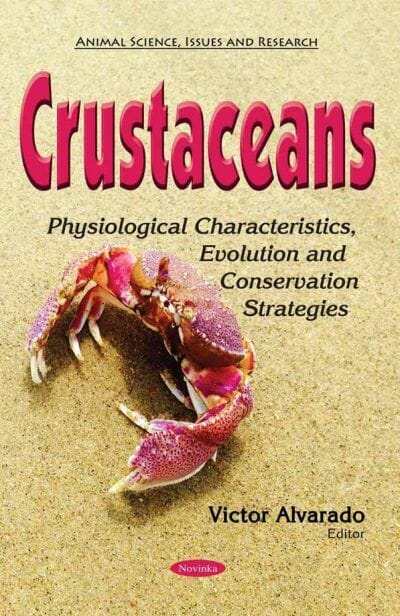
By Victor Alvarado
Crustaceans Physiological Characteristics, Evolution, and Conservation Strategies PDF. Crustaceans are key organisms in aquatic ecosystems. Today crustaceans of Ponto-Caspian origin have become important faunal constituents in many European water bodies, including the Baltic Sea. In this book, Chapter One reviews the causes, consequences and prospects of Pont-Caspian crustaceans in the Baltic Sea. Chapter Two examines the physiological causes and ecological implications of extra and “intermediate” larval stages in decapod crustacean life. Chapter Three discusses a comparative study of liposoluble vitamin effects in decapod crustaceans. The final chapter is a commentary on the possible management and conservation strategies of crustaceans from temperate sandy beaches.
| File Size | 6.5 MB |
| File Format | |
| Download link | Free Download | Become a Premium, Lifetime Deal |
| Support & Updates | Contact Us | Broken Link |
| Join Our Telegram Channel |  |
| More Books: | Browse All Categories |




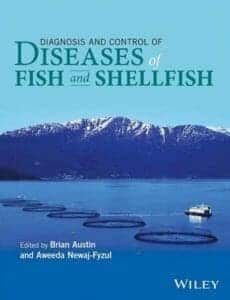
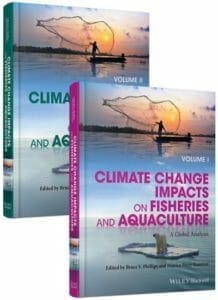
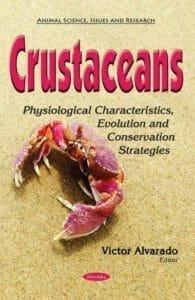

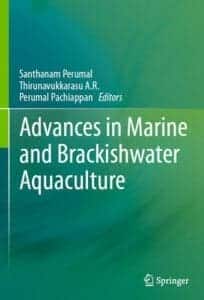




![Ettinger’s Textbook of Veterinary Internal Medicine 9th Edition [PDF+Videos] Ettinger’s Textbook of Veterinary Internal Medicine 9th Edition [True PDF+Videos]](https://www.vet-ebooks.com/wp-content/uploads/2024/10/ettingers-textbook-of-veterinary-internal-medicine-9th-edition-100x70.jpg)

![Textbook of Veterinary Diagnostic Radiology 8th Edition [PDF+Videos+Quizzes] Thrall’s Textbook of Veterinary Diagnostic Radiology, 8th edition PDF](https://www.vet-ebooks.com/wp-content/uploads/2019/09/textbook-of-veterinary-diagnostic-radiology-8th-edition-100x70.jpg)






